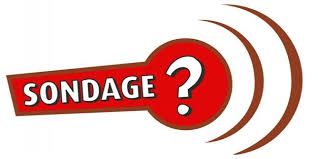Media and communication theories s5(2022/2023)
Topic outline
-
-
Forum
-
-
Faculty:Humanities and Social Sciences
Department:Media and Communication Sciences
Course:Media and communication theories
Academic level: third year media
unit:basic
Credits :5
Coefficient :3
Hourly volume: 45 hours
method: continuous observation + examination
Teacher :Takieddine Yahia
Email:takieddine.yahia@univ-msila.dz

-
It aims to provide the student with the various divisions of communication theories, from their inception to the present time. It is a work that aims to contribute to the student’s theoretical formation in media and communication sciences. Teaching him to think about theorizing in communication, developing knowledge of communication theories, and building theoretical weight around the theories

-
Prior knowledge required
General basic knowledge about Media and communication sciences (fields of study and specializations).
-
Assignment
-
-
(distributed to semesters 5 and 6) Subject content
- Primary concepts: the concept of theory (tradition, perspective, approach, approach school) the concept of communication theory..
-Historical development of communication theories (review of their classifications approaches or most important theoretical traditions…)
- A detailed review of theories: strong and direct influence , selective influence, theories of limited influence, theories of long-term influence -
Lecture objectives
Introducing the student to the most important preliminary concepts related to the theory, as well as the most important developments known to iEnabling the student to know the cognitive background of the theory and the theoretical heritage
Using theory in various research and studies
-
File
-
Forum
-
Chat
-
Assignment
-
-
Lecture objectives:
- Introducing the student to the most important preliminary concepts related to the theory, as well as the most important developments known to it.
- Enabling the student to know the cognitive background of the theory and the theoretical heritage.
- Using theory in various research and studies.
-
File
-
Forum
-
Chat
-
Assignment
-
-
Lecture objectives:
- Introducing the student to the most important preliminary concepts related to theory, model, approach, and communication theory
- Enabling the student to know the difference between these concepts
- Using previous concepts in various scientific topics
-
File
-
Forum
-
Chat
-
Assignment
-
-
-
Quiz
-
-

- Armand et Michèle Mattelart, Histoire des théories de la communication, coll. "Repères", La Découverte, 2004
- watzalawick Paul : une logique de la communication Editions du Seuil 1980
- Yves Winkin et autres: La nouvelle communication. Editions points 2000.
- Attalah Paul :Théories de la communication. Publications universitaires du Quebec. 1991
-

-
Feedback
-
